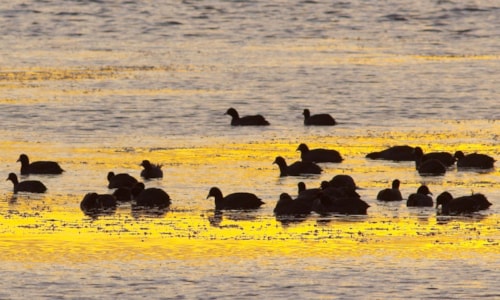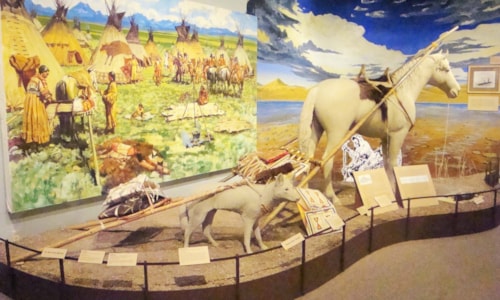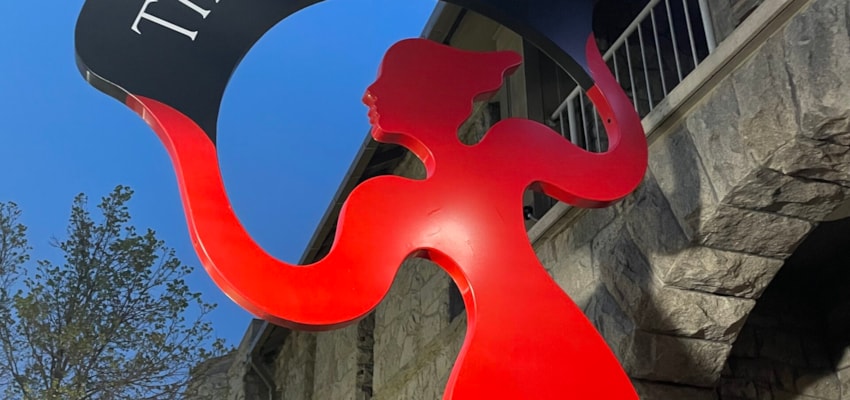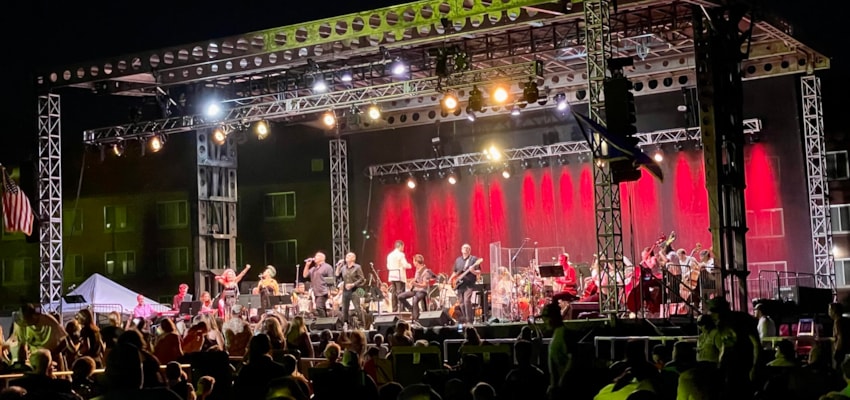The Early Beer
“You could leave beer to cool in the river, and it would be so cold when you got back it wouldn’t foam much. It would be a beer made in the next town if the town were ten thousand or over. So it was either Kessler Beer made in Helena or Highlander Beer made in Missoula that we left to cool in the Blackfoot River. What a wonderful world it was once when all the beer was not made in Milwaukee, Minneapolis, or St. Louis.”
~Norman Mclean, A River Runs Through It, p. 88
Norman Maclean’s nostalgia for local Montana beer sounds odd today. Of course you’re drinking beer from the nearest town. What is this nonsense about strange foreign beers from Milwaukee, Minneapolis, and St. Louis?
Okay, that’s not entirely true. Montanans still drink plenty of beer from those far-off metropolises, and others too, but with more breweries per capita than every state except Vermont there’s no need to do so. Montana has an exciting-to-the-point-of-overwhelming variety of local brews to choose from. We’ve gone from experiencing a micro-brew Renaissance to being in the the midst of a full-blown micro-brew Golden Age.

Today, 43 years after it was first published, Maclean’s book speaks of two pasts. The time between the 1960s and ’90s when Montana beers were hard to come by or (from 1968-1984) entirely nonexistent, as well as a past even further back, in the ’30s and ’40s and ’50s when beer was a mostly local thing, and any town ‘ten thousand or over’ had its own brand.
Before the ’30s, however, beer was even more of a local thing, when practically every town with a bit of stability boasted at least one brewery. Montana’s first brewery is a good deal older than the state itself. Henry Gilbert, Christian Ritcher, and William Smith founded the Territory’s first brewery in Virginia City in 1863. Other brewers quickly followed. What became the Kessler Brewery was founded in Helena in 1865, Spieth and Krug opened their Bozeman Brewery in 1867, Missoula Brewing Co. opened its doors in 1874, and three breweries opened in Butte between 1879 and 1885. By the end of the 19th century, there were more than 30 breweries scattered across Montana. Beer, like eggs, or milk, was a local enterprise (in fact, the Gilbert Brewery in Virginia City was also a dairy in the 1900s). Limited refrigeration and no pasteurization meant that beer had a short shelf life, and brewers couldn’t transport their beer far at all.

Only a few breweries survived Prohibition. Some, however, flourished after the repeal of Prohibition. This is the Kessler and Highlander (Missoula Brewing Co.) that Norman Maclean remembered so fondly. They survived, in part, by being bought up by regional conglomerates. Highlander was owned by Rainer, and Great Falls Breweries were eventually bought by Weinhard’s. Kessler closed in 1958, Highlander followed in 1964, and Great Falls Breweries finally closed its doors in 1968. Montana entered its long and much-maligned domination by national brands until the Renaissance of the 1980s.
It most of the articles I’ve read, I haven’t been able to find a lot of talk about the taste of these early beers. Everyone seems to agree that they were better than the national brands that replaced them, but is this just nostalgia? Although, according to montanakids.com, which is a remarkably informative site (I suspect Ellen Baumler’s involvement), “Gilbert beer was proclaimed by authorities to be among the best in the country” and I really hope that local brewers have dug up those old recipes and tried them out.

Before the 1960s (and especially before Prohibition), beer was a local thing. Whether you drank Highlander or Kessler or Great Falls Select was a question of geography as much as preference. How things have changed. Lots of Montana brews can be found in quality grocery stores and bars across the state. Some breweries are even developing a regional–even national(ish)–presence. We here at the blog are huge fans of these developments. But there’s still nothing like walking through the doors of the nearest taproom and ordering a pint of something that you know was brewed just next door.











